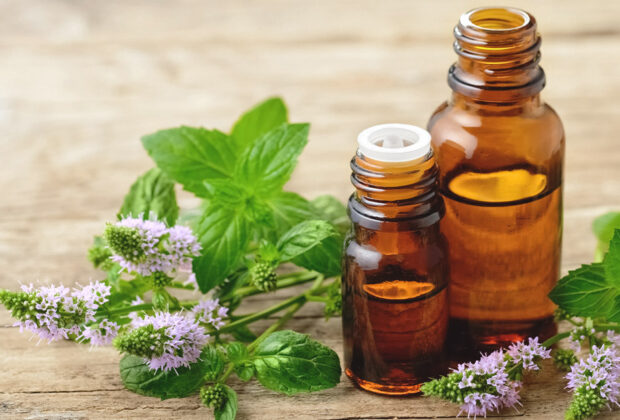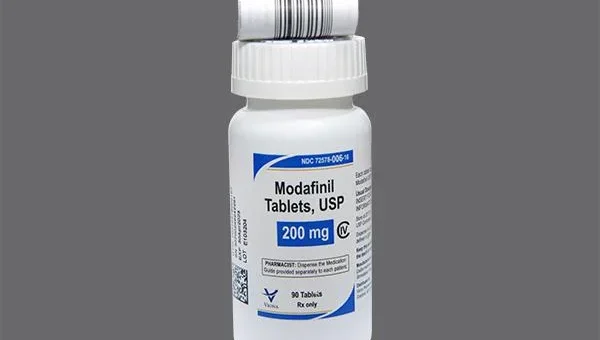Essential oils are extracted from plant materials; there is another way, and that is to synthetically prepare them at labs, but plant extractions are the best way to produce them. There are many forms of extraction methods for essential oils. Here is the list of essential oil extraction techniques:
Steam Distillation: This is one of the most famous methods that is employed to extract essential oils. Steam is utilized for vaporizing the volatile compound of the plant, it is condensed and composed as liquid, once it is cooled. This method is convenient, quick, and cost-effective.
Plant materials are kept in a stainless-steel container known as Still and are preserved in an enclosed environment. Steam is further injected into still via an inlet, that helps the plant to release the volatile oils in the form of vapor. These vaporized oils go via a condensation flask and leave the container. The condenser has two separate pipes. One among them is for hot water to exit the Still, and the other one is for the cold water so that it can enter into the condenser. The hot water’s temperature goes down, thus it cools down when it comes in the connection of hot water.
After that, it is collected in a receptacle, also known as Separator. Due to their properties, oil and water do not blend, and the product we get in the final stage is essential oil. Some essential oils are composed of those molecules that are heavier, and they get collected at the bottom.
Solvent Extraction
In this method, a medium is utilized to extract volatile oils from the plants. The solvent can be hexane, ethanol, or any other organic compound. This method is preferable when the compounds are delicate to grip the inflexibility of steam and they are present in a minimal amount inside the plant material. This method of extraction is utilized when you need fragrance from the plant. The perfume industry relies on this method of technique to extract essential oils. Also, the advantage of the process is that it is inexpensive, non-volatile plant materials like pigments and waxes are also extracted and detached thoroughly.
Firstly, the plant material is dipped in the solvent, then essential oil gets segregated from the material after undergoing a multi-phase chemical process. The oils are concrete, so they require further separation as well. In the next step, the concrete is preserved with alcohol and heated. Followed by this, oil particles get separated and get deposited through a condenser. The chemical that is utilized in the process stays in the oil and the whole remaining is utilized as a constituent to manufacture perfume.
C02 Extraction
This method helps to extract high-quality oils that are less altered. It is almost the same as the distillation process and the product is utilized in aromatherapy and perfumes manufacturing. There are no other chemicals that get spoiled because of heat or other chemicals that are incorporated during the extraction process. The plant material is placed inside a chamber. Then the carbon dioxide is pressurized, which is converted into liquid, after that carbon dioxide is propelled in the chamber. CO2 in the chamber works as a solvent in a liquid state and aids the volatile oils to escape the plant material. These are further dissolved with the liquid CO2. Afterward, CO2 that is present in the chamber is again depressurized and evaporated back into the gaseous state, so that it can take out of the chamber, what remains in the essential oils are less tampered with.
These are the common ways to extract essential oils, each involves different steps and procedures. The Young Living essential oils are carefully extracted through steam distillation, cold pressing, and resin tapping. Note that there is no best extraction process, it depends on the utilization process.




